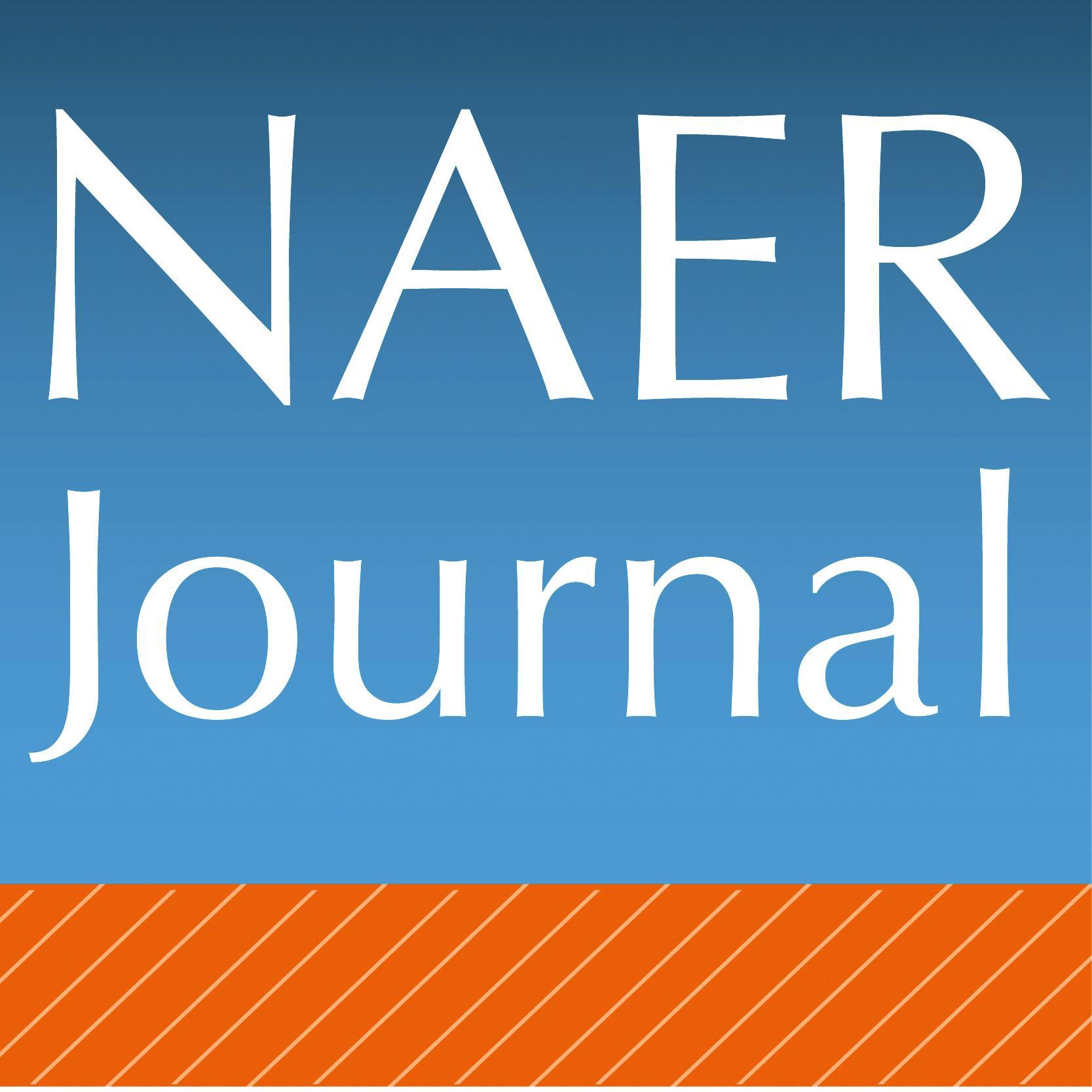Superpoderes contra el Dr. Discriminador. La mejora de la evaluación continua mediante la ludificación en el Máster en profesorado
Resumen
La ludificación, esto es, motivar a las personas con las mecánicas de los juegos para que se involucren y participen con la finalidad de conseguir mejores resultados, también ha sido utilizada en contextos de Educación Superior. Con el objetivo de motivar la asistencia, la participación y la realización de las tareas de la evaluación continua en una asignatura del máster en profesorado, se implementó una dinámica de obtención de insignias ambientada en la consecución de superpoderes para luchar contra el Dr. Discriminador. La evaluación de los resultados se hizo mediante el análisis de las respuestas recogidas a través de un cuestionario y la comparación de los datos de asistencia y participación con los de cursos anteriores. Los resultados demuestran que, además de ser del agrado de los estudiantes, supuso un incentivo para realizar las actividades de evaluación continua.
Descargas
-
Resumen788
-
PDF558
-
Infografía312
Citas
Abramovich, S., Schunn, C., y Higashi, R. (2013). Are badges useful in education?: It depends upon the type of badge and expertise of learner. Educational Technology Research and Development, 61(2), 217 - 232.
Apostol, S., Zaharescu, L., y Alexe, I. (2013). Gamification of learning and educational games. Paper presented at the International Scientific Conference eLearning and Software for Education, 2, 67-72.
Banuri, S., Danková, K. y Keefer, P. (2017), It's Not All Fun and Games: Feedback, Task Motivation, and Effort.
Barata, G., Gama, S., Jorge, J., y Gonçalves, D. (2013). Improving participation and learning with gamification. Proceedings of the First International Conference on gameful design, research, and applications, 10-17. doi:10.1145/2583008.2583010.
Brewer, R., Anthony, L., Brown, Q., Irwin, G., Nias, J. y Tate, B. (2013). Using Gamification to Motivate Children to Complete Empirical Studies in Lab Environments. 12th International Conference on Interaction Design and Children, pp. 388–391.
Coleman, J. D. (2018). Engaging undergraduate students in a co-curricular digital badging platform. Education and Information Technologies, pp. 1-14.
De Freitas, A.A. y de Freitas, M.M. (2013). Classroom Live: A Software-assisted Gamification Tool. Computer Science Education, vol 23(2), pp. 186–206.
Denny, P. (2013). The effect of virtual achievements on student engagement. Proceedings of the SIGCHI conference on human factors in computing systems. pp. 763-772.
Deterding, S., Dixon, D., Khaled, R., y Nacke, L. (2011). From game design elements to gamefulness: Defining “Gamification”. Proceedings of the 15th International Academic MindTrek Conference, pp. 9-15. doi:10.1145/2181037.2181040
Deterding, S. (2014). Eudaimonic Design, or: Six Invitations to Rethink Gamification. En Fuchs, M., Fizek, S., Ruffino, P. and Schrape, N. (Eds.): Rethinking Gamification. Lüneburg: meson press, pp. 305-331. Recuperado de: https://www.researchgate.net/publication/263918136_Eudaimonic_Design_or_Six_Invitations_to_Rethink_Gamification
Domínguez, A., Saenz-de-Navarrete, J., de-Marcos, L., Fernandez-Sanz, L., Pages, C. y Martinez-Herraiz, J. (2013). Gamifying learning experiences: Practical implications and outcomes. Computers y Education, 63, pp. 380 – 392, http://dx.doi.org/10.1016/j.compedu.2012.12.020
Eleftheria, C.A., Charikleia, P., Iason, C.G., Athanasios, T. y Dimitrios, T. (2013). An Innovative Augmented Reality Educational Platform using Gamification to Enhance Lifelong Learning and Cultural Education. 4th International Conference on Information, Intelligence, Systems and Applications, pp. 1–5
Erenli, K. (2013). The Impact of Gamification - Recommending Education Scenarios. International Journal of Emerging Technologies in Learning (iJET), 8, pp. 15-21.
Fitz-Walter, Z., Tjondronegoro, D., y Wyeth, P. (2011). Orientation passport: using gamification to engage university students. In Proceedings of the 23rd Australian Computer-Human Interaction Conference, pp. 122-125.
Gåsland, M. (2011). Game mechanic based e-learning: A case study. Science and Technology, Master Thesis (June 2011). Recuperado de https://brage.bibsys.no/xmlui/handle/11250/252521
Gibson, D., Ostashewski, N., Flintoff, K., Grant, S. y Knight, E. (2013). Digital Badges in Education. Education and Information Technology. Springer, New York.
Glover, I. (2013). Play as you learn: gamification as a technique for motivating learners. En Herrington, J., Couros A. and Irivine, V. (eds.) Proceedings of World Conference on Educational Multimedia, Hypermedia and Telecommunications 2013. Chesapeake, VA, AACE, 1999-2008. Recuperado de http://shura.shu.ac.uk/7172/
Hakulinen, L., Auvinen, T. y Korhonen, A. (2013). Empirical Study on the effect of achievement badges. TRAKLA2 Online Learning Environment. Proceedings of Learning and Teaching in Computing and Engineering (LaTiCE) conference, Macau, pp. 47-54.
Hamari, J., Koivisto, J., y Sarsa, H. (2014). Does gamification work?. A literature review of empirical studies on gamification. Paper presented at the 2014 47th Hawaii International Conference on System Sciences, 3025-3034. doi:10.1109/HICSS.2014.377
Huang, W. H. Y. y Soman, D. (2013). Gamification of education. Research Report Series: Behavioural Economics in Action, Rotman School of Management, University of Toronto.
Hunicke, R., LeBlanc, M., y Zubek, R. (2004). MDA: A formal approach to game design and game research. Proceedings of the AAAI Workshop on Challenges in Game AI. 4 (1). Recuperado de: https://www.cs.northwestern.edu/~hunicke/MDA.pdf
Kapp, K.M. (2012a). Games, gamification, and the quest for learner engagement. Training and Development 66(6), pp.64–68.
Kapp, K.M. (2012b). The Gamification of Learning and Instruction: Game-Based Methods and Strategies for Training and Education. San Francisco: John Wiley y Sons.
Kopcha, T. J., Ding, L., Neumann, K. L., y Choi, I. (2016). Teaching technology integration to k-12 educators: A ‘Gamified’approach. TechTrends, 60(1), pp. 62-69.
Kumar, B. y Khurana, P. (2012). Gamification in Education – Learn Computer Programming with Fun. International Journal of Computers and Distributed Systems 2(1), 46–53
Lee, J. J., y Hammer, J. (2011). Gamification in education: What, how, why bother? Academic exchange quarterly, 15(2), 146. Recuperado de: https://www.uwstout.edu/soe/profdev/resources/upload/Lee-Hammer-AEQ-2011.pdf
Li, W., Grossman, T., y Fitzmaurice, G. (2012). GamiCAD: a gamified tutorial system for first time autocad users. Proceedings of the 25th annual ACM symposium on User interface software and technology, pp. 103-112.
Lister, M. C. (2015). Gamification: The effect on student motivation and performance at the post-secondary level. Issues and Trends in Educational Technology, 3(2).
Mekler, E., Brühlmann, F., Opwis, K., y Tuch, A. (2013). Do points, levels and leaderboards harm intrinsic motivation? An empirical analysis of common gamification elements. Proceedings of the First International Conference on gameful design, research, and applications, 66-73. doi:10.1145/2583008.2583017
O'Donovan, S., Gain, J., y Marais, P. (2013). A case study in the gamification of a university-level games development course. Proceedings of the South African Institute for Computer Scientists and Information Technologists Conference, (SAICSIT'13), pp. 242 - 251. doi: 10.1145/2513456.2513469
Ortiz-Rojas, M., Chiluiza, K., y Valcke, M. (2017). Gamification in Computer Programming: Effects on Learning, Engagement, Self-Efficacy and Intrinsic Motivation. In European Conference on Games Based Learning, pp. 507-514.
Poondej, C., y Lerdpornkulrat, T. (2016). The development of gamified learning activities to increase student engagement in learning. Australian Educational Computing, 31(2).
Reeves, B., y Read, J. L. (2009). Total engagement: How games and virtual worlds are changing the way people work and businesses compete. Harvard Business Press.
Sandusky, S. (2015). Gamification in education. Recuperado de: https://arizona.openrepository.com/handle/10150/556222
Santos, C., Almeida, S., Pedro, L., Aresta, M. y Koch-Grunberg, T. (2013). Students’ Perspectives on Badges in Educational Social Media Platforms: The Case of SAPO Campus Tutorial Badges. IEEE 13th International Conference on Advanced Learning Technologies, pp. 351–353.
Stott, A. y Neustaedter, C. (2013) Analysis of Gamification in Education, Technical Report 2013-0422-01, Connections Lab, Simon Fraser University, Surrey, BC, Canada, April. Recuperado de: http://clab.iat.sfu.ca/pubs/Stott-Gamification.pdf
Tan, M., y Hew, K. F. (2016). Incorporating meaningful gamification in a blended learning research methods class: Examining student learning, engagement, and affective outcomes. Australasian Journal of Educational Technology, 32(5). DOI: 10.14742/ajet.2232
Villagrasa, S., y Duran, J. (2013). Proceedings of the First International Conference on technological ecosystem for enhancing multiculturality, pp. 429-433. DOI:10.1145/2536536.2536602
Zichermann, G., y Cunningham, C. (2011). Gamification by design: Implementing game mechanics in web and mobile apps. O'Reilly Media.
Aquellos autores que tengan publicaciones con esta revista aceptan los términos siguientes :
-
Los autores conservarán sus derechos de autor y garantizarán a la revista el derecho de primera publicación de su obra, el cuál estará simultáneamente sujeto a la Licencia Creative Commons Atribución no comercial compartir por igual 4.0 Internacional que permite compartir, copiar y redistribuir el material en cualquier medio o formato y adaptar, remezclar, transformar y construir sobre el material en los siguientes términos:
Reconocimiento - Debe dar el crédito apropiado, proporcionar un enlace a la licencia, e indicar si se han realizado cambios. Puede hacerlo de cualquier manera razonable, pero no de una manera que sugiere que el licenciante o su uso hace suya. No comercial - No puede utilizar el material con fines comerciales. Compartir bajo la misma - Si remezcla, transformar o crear sobre el material, se debe distribuir sus contribuciones bajo la misma licencia que el original. -
Los autores podrán adoptar otros acuerdos de licencia no exclusiva de distribución de la versión de la obra publicada (p. ej.: depositarla en un archivo telemático institucional o publicarla en un volumen monográfico) siempre que se indique la publicación inicial en esta revista.
-
Se permite y recomienda a los autores difundir su obra a través de Internet (p. ej.: en archivos telemáticos institucionales o en su página web) antes y durante el proceso de envío, lo cual puede producir intercambios interesantes y aumentar las citas de la obra publicada. (Véase El efecto del acceso abierto).
-
En cualquier caso, el Equipo Editorial entiende que las opiniones vertidas por los autores son de su exclusiva responsabilidad.
















